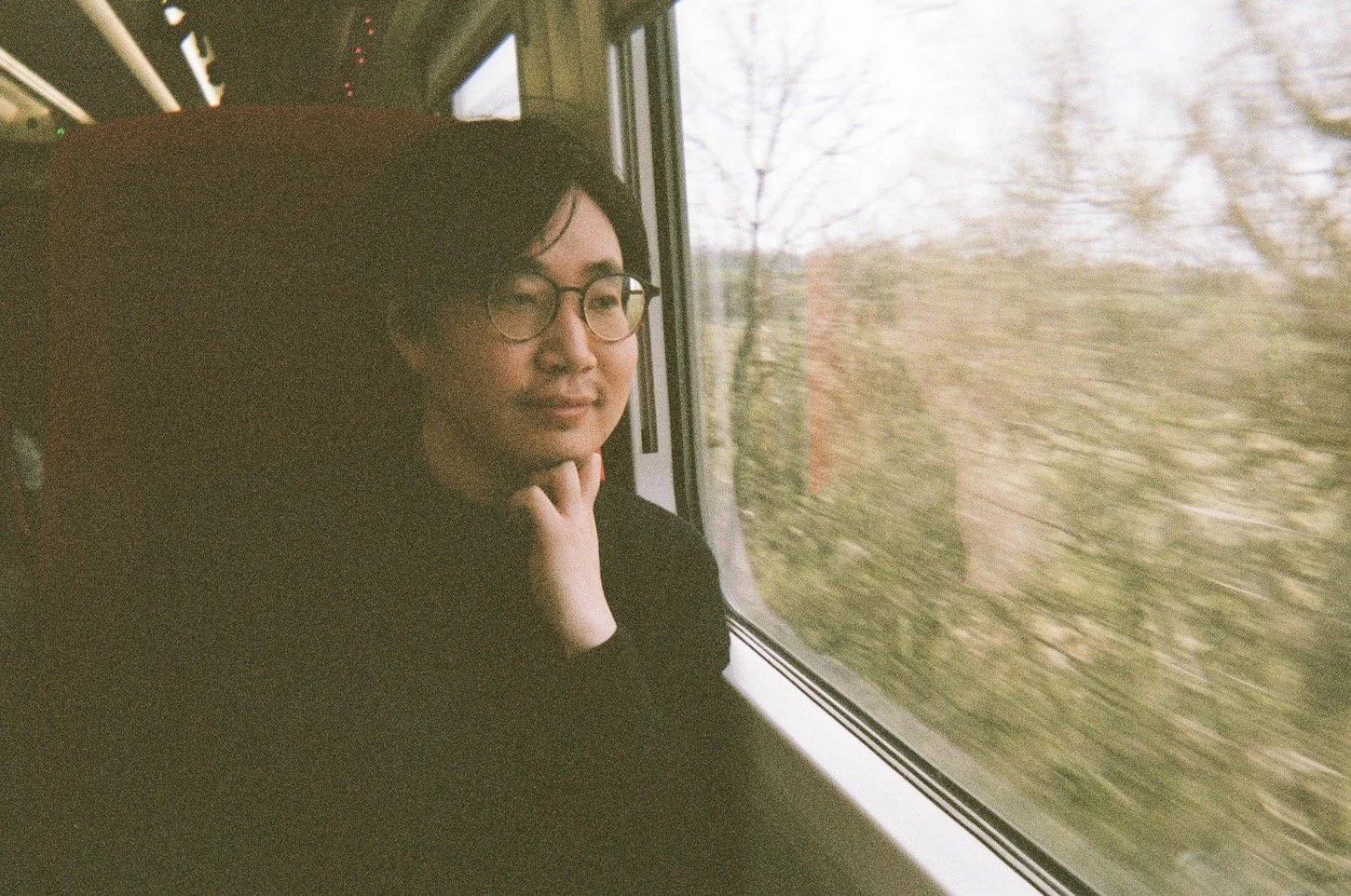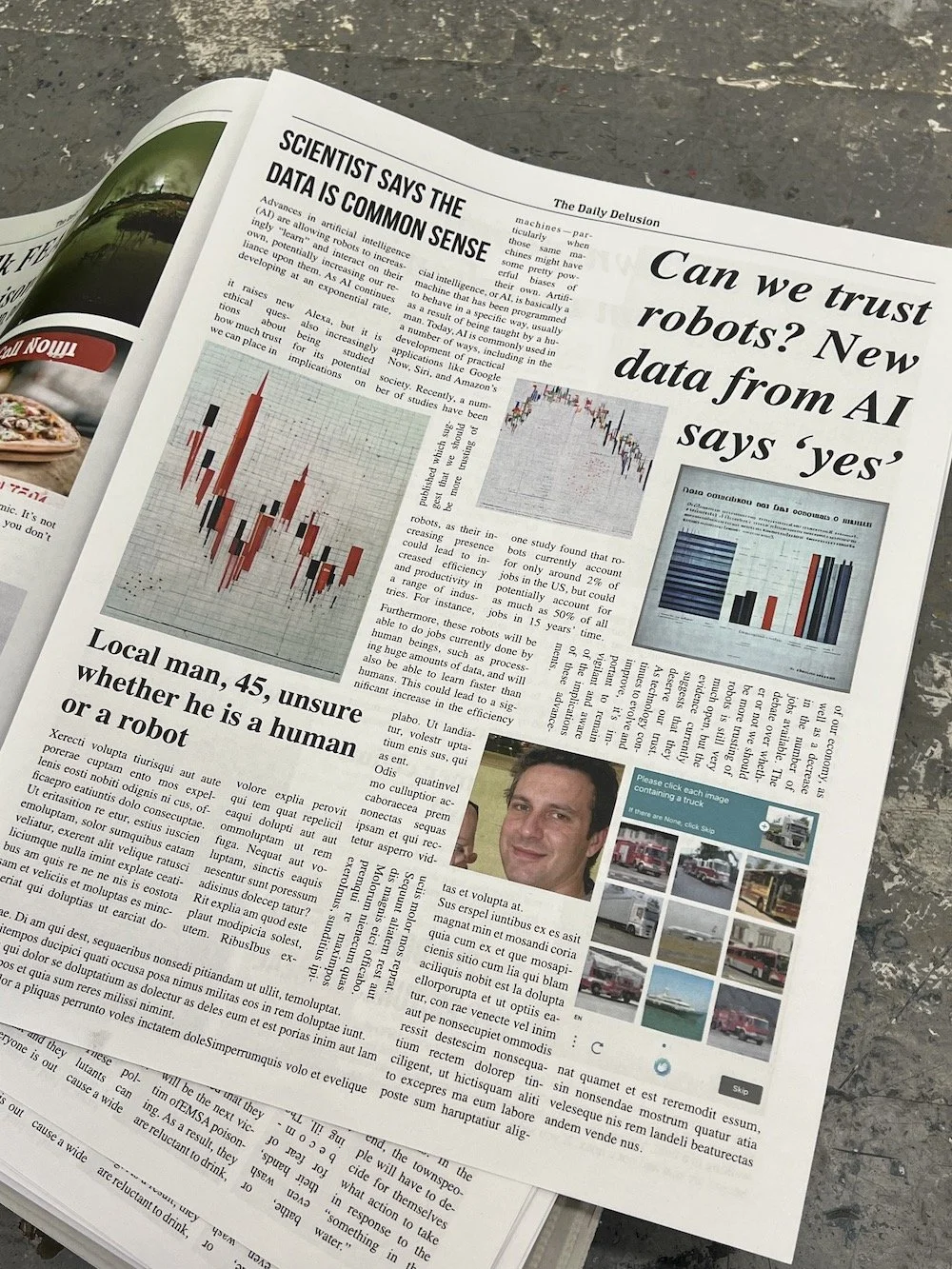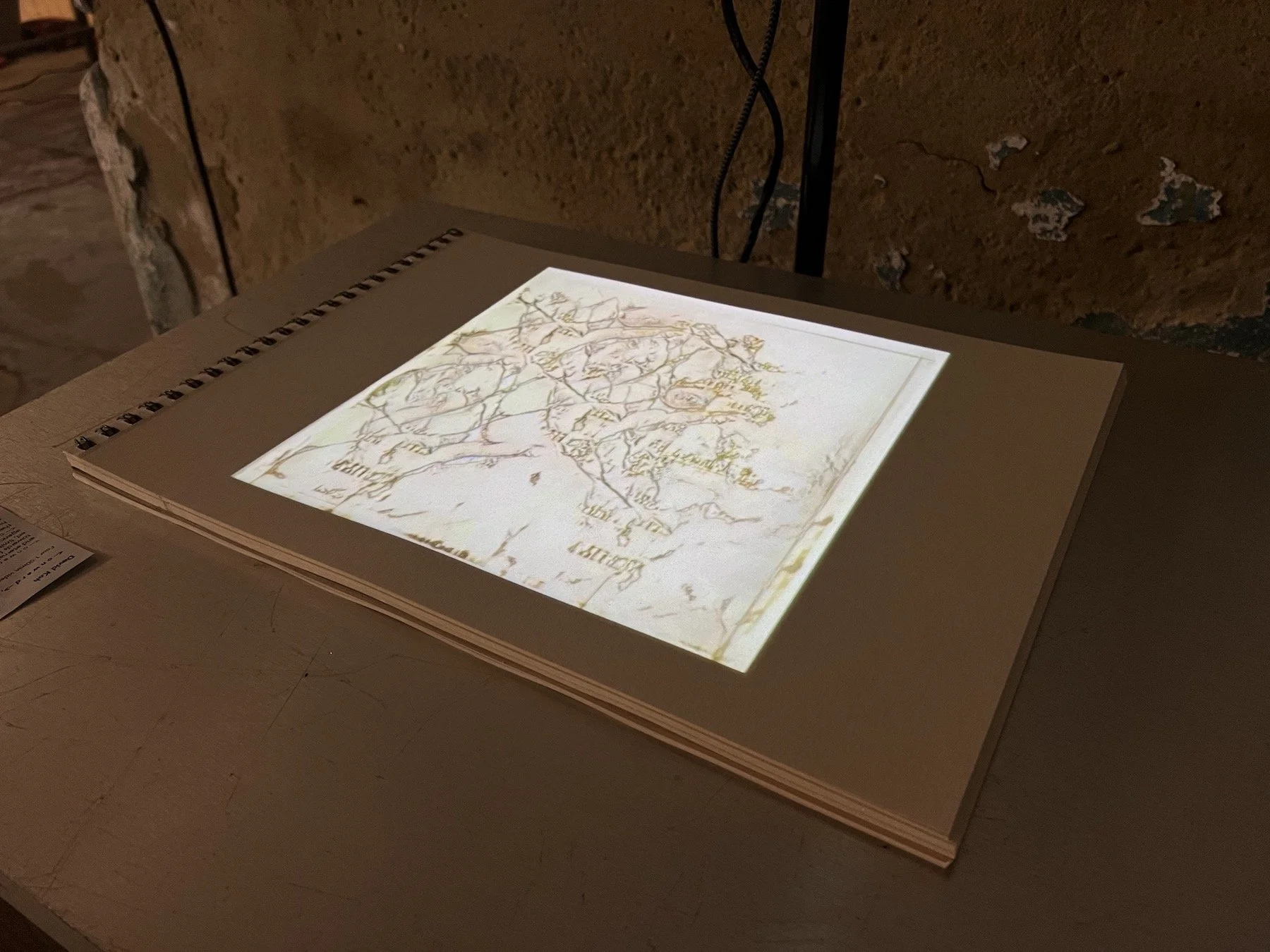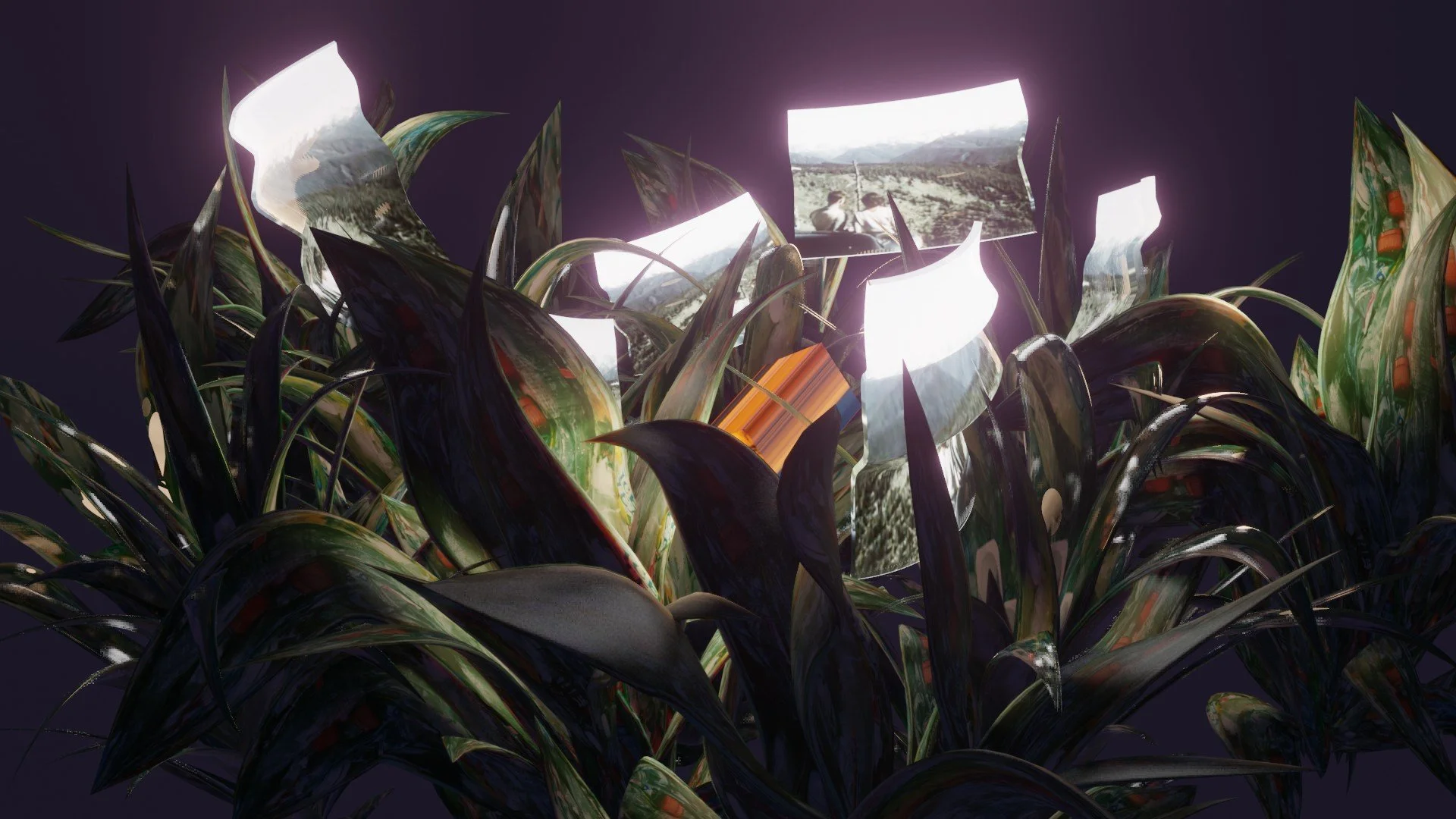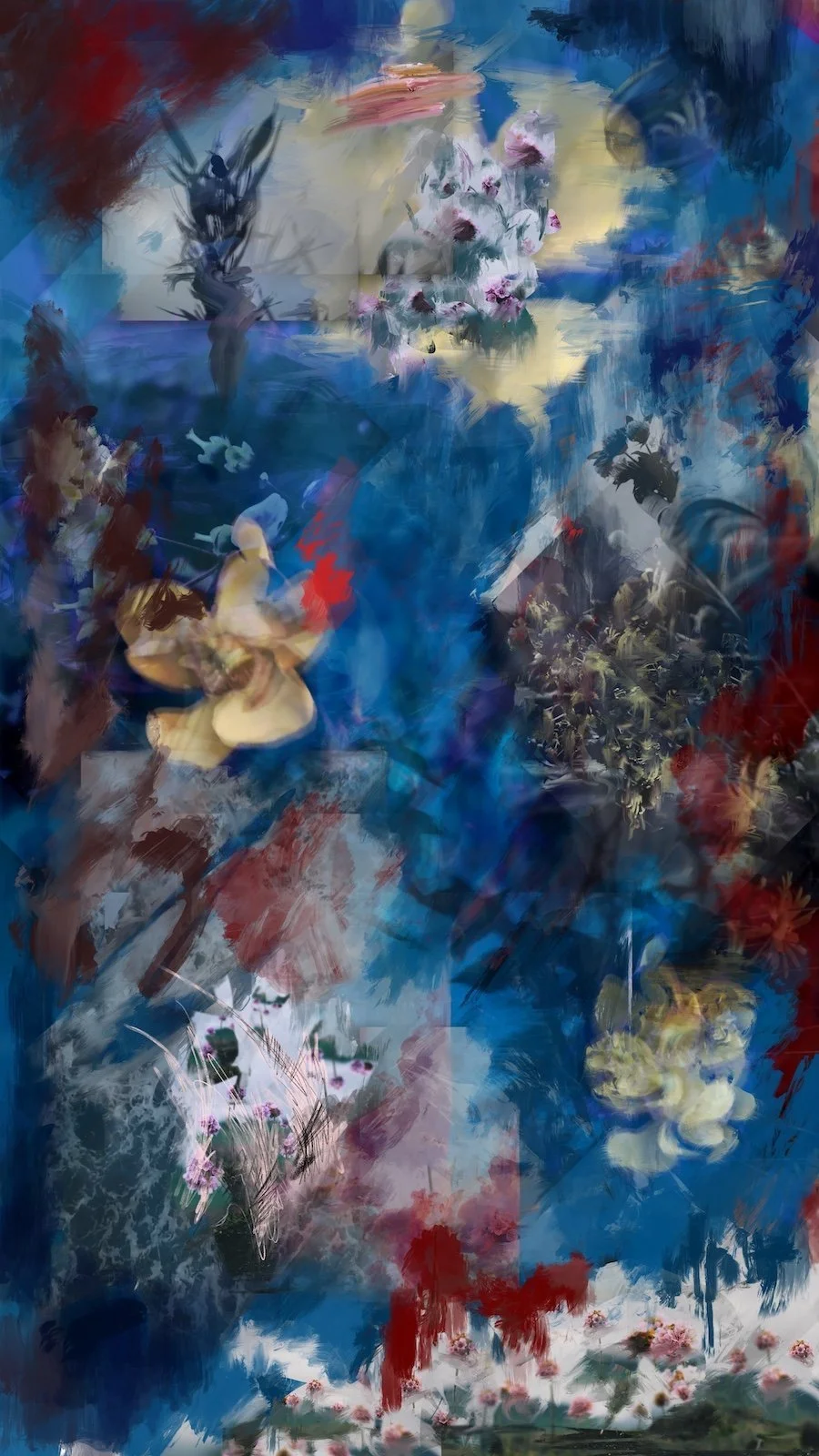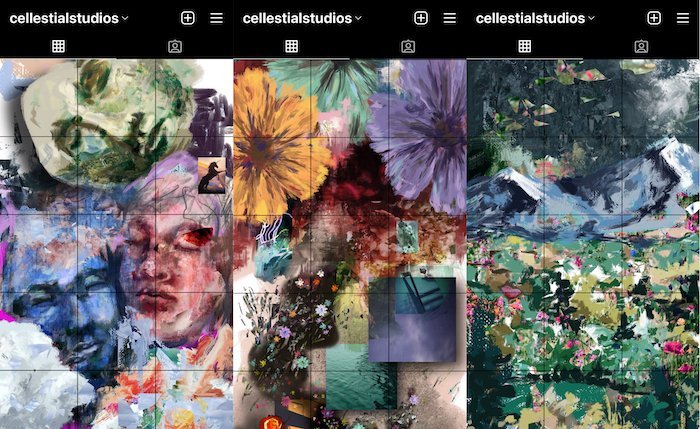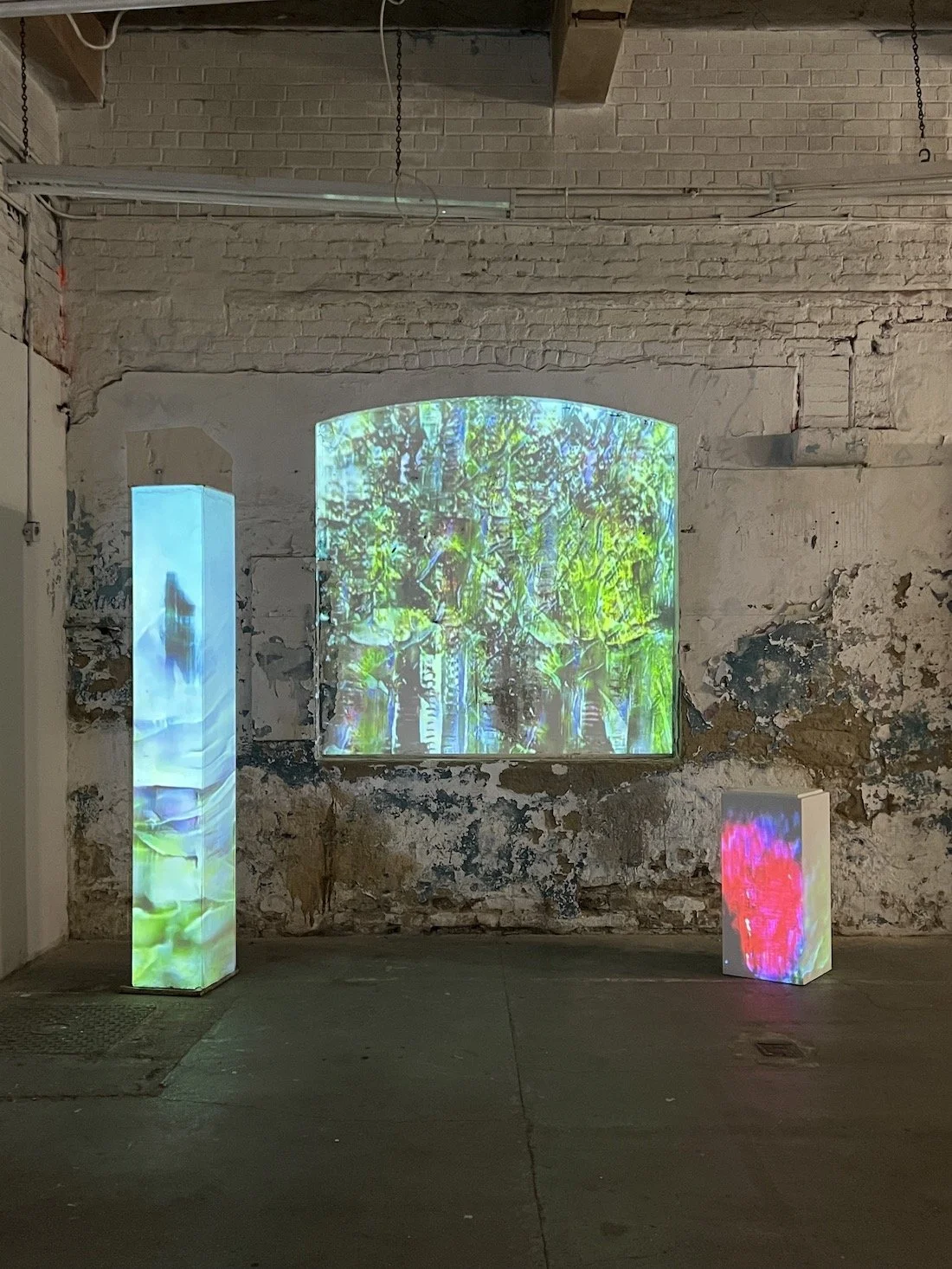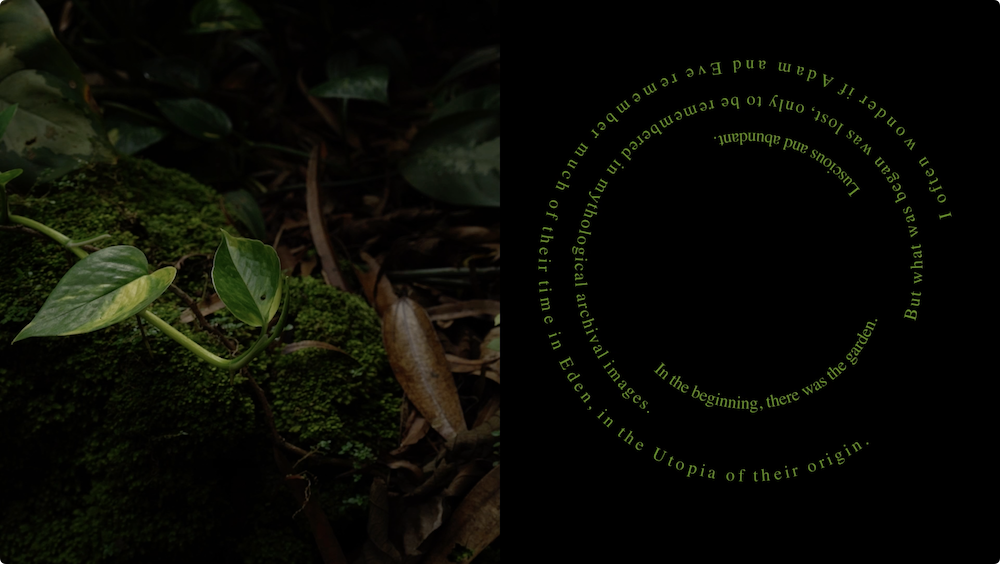Fresh Face: David Koh
Fragmented realities and abstracted narratives
A&M's Fresh Face is where we profile an emerging artist from the region every month and speak to them about how they kick-started their career, how they continue to sustain their practice and what drives them as artists.
David Koh. Photo by Hannah Kang.
Born in Singapore and raised in the United States of America, David Koh is an artist and filmmaker who challenges the concept of narrative and multi-layered reality through experimentation of digital tools and techniques. His new media artworks, ranging from video art to mixed reality projects, are often expressionist and contemplative towards the role of the internet and technology. Through his practice, David negotiates the relationship between personal identities and cultural narratives, abstracting these ideas to compose alternative visual representations. David earned his BA in Film and TV Production from New York University in 2015. He is currently pursuing a Masters in Fine Art at Central Saint Martins in London.
David Koh, The Daily Delusion, Issue 1, 2022, 55gsm newspaper print, 28.9 x 38cm each. Image courtesy of the artist.
David also writes and develops art theories, especially on media and technology. He publishes these writings on his Medium blog. Some of these concepts include narrative expressionism and fourth person perspective. His writing provides a strong conceptual foundation for his practice, and contemplates the relationship between his works and the world around us.
Speaking about Prince with passion, David describes him as the Picasso of music, who constantly produces works as a way of understanding the world. Prince’s exploration of his own materials and experimentation with compositions informs David’s practice in many ways. The multiplicity of each work challenges the foundational definition of the medium itself.
David Koh, <- - o n w a r d s - -> part 2, 2022, single-channel video 1:00min loop, A3 sketchbook, wooden and metallic table, at the exhibition De-Oriented by An.Other Asian (AOA), London, 2022. Image courtesy of the artist.
In the recent De-Oriented exhibition organised by An.Other Asian (AOA), David created a projection mapping experience using AI, bringing the digital into a real 3D environment. The slow morphing of the machine generated images contemplates the fluidity of Singapore’s landscape and its eternal rebirth. Being a Singaporean who grew up in the United States, David feels a conflict between his past and present. Researching Singapore’s history and its development is his way of negotiating these double identities.
David is currently an artist-in-residence at Objectifs from 1 to 31 August 2022—the first since the pandemic—where he will continue to explore developments in Singapore, particularly the country’s ties to nature and its history. This is with the aim of organically discovering a Singapore that is different from his childhood nostalgia. While the Objectifs residency requires no determined outcome, David envisions an exhibition once his project is completed.
David Koh, Digital Garden, 2021, Digital 3D Model, shown at ZECHE, The New Now Festival, Essen, Germany 2021. Showing now at Annual Metaverse Art @Venice, Venice, Italy, 2022. Image courtesy of the artist
David’s digital manipulations transgress dimension. He consistently explores the layering of artificial and natural. His work Digital Garden is currently on show at the first Annual Metaverse Art in Venice.
Interview
David Koh, Just Don’t Leave, 2018, single-channel digital painting video 1:00min loop. Shown at Ethereal: A Snapshot of Asian American Artists, New York City, 2018. Image courtesy of the artist.
Could you talk about the origin of your art practice, transiting from a film background?
After my degree in filmmaking, I felt there was not enough experimentation happening in the film industry. To practise filmmaking as a director also requires a lot of money and others’ involvement. I was not creatively fulfilled, sticking to only narrative filmmaking, but it was not an easy transition, as I had dreamed about becoming a director.
After my degree, I started experimenting more with photography because it was faster and easier to do. I was disillusioned with social media, where people posted good photography without much recognition or experimentation. Many people were copying others’ style. I tried experimenting with collage and photomontage and began to move away from cohesive singular photos or videos. All my work since then has had a fragmented quality. That was my idea of breaking linearity, taking things apart, and putting it back together.
David Koh, The Infinite Painting, 2017-present, digital painting hosted on Instagram account, shown at Ethereal: A Snapshot of Asian American Artists, New York City, 2018. Image courtesy of the artist.
What is one pivotal work that set you into the direction of your current art practice?
When they had just released the Apple Pencil in 2017, I tested out Procreate on an iPad. I was astounded by how drawing and painting digitally felt so seamless. I bought an iPad very soon after. My first new media project was this Instagram account @cellestialstudios, an infinite scrolling painting, which I can keep adding to. Having this additional canvas of drawing and painting digitally helped me go beyond filmmaking and photography. I can combine these paintings with photography and text, and be more experimental. Then, the floodgates are open. Looking into other emerging technology as potential artistic media, I started working with video painting, where there is an illusion of a painterly quality to which I add a video dimension. My art practice started to include my traditional studio art training in high school. The realisation that I could incorporate different parts of myself and various media digitally was the start of my new practice.
What are some of the major influences in this period of transition for you?
Working on Cellestial Studios, I have looked at a lot of artists that combine text with painting or photography, such as John Michel Basquiat, George Condo and Cy Twombly. Dwayne Michaels was one of the first photographers to incorporate text. He wrote stories and used photo series to make a narrative. With influences such as Basquiat, who writes on his paintings full of expressionist brushstrokes, I started to think about how to abstract media, especially digital media. I made expressionist photo video works to make abstract the idea of the narrative. My work before and during my filmmaking training all paint a coherent picture of the world where everything makes sense. I was trying to take a step back to make the story and the picture abstract, and rearrange these elements. All of these artists deal with that in some way.
Besides challenging the boundary of form and media, what are some concepts or themes that have developed over these experiments?
I write some of my own theories. Reading philosophy related to art, media and technology unlocked ideas that I have had for a long time. I just did not have the words to express what I was observing and seeing. Walter Benjamin, John Berger, and Hito Steyerl among many others, influenced the theoretical foundation of my work. Many of my works deal with multiplicity or plurality, influenced by cubism and expressionism. Condo’s artistic philosophy, psychological cubism, is about the idea that people can exist in multiple psychological states at one time. He expresses that through painting portraits and scenes. The idea of looking and subjectivity, like Berger’s view on deconstructing angles and perspective also intrigues me. I investigated the idea of multiplicity and narrative through collaging and montaging and developed two main theories: Narrative Expressionism and Fourth Person Perspective. A lot of my work has to deal with subjectivities and points of view, when it comes to misinformation online and fake news. You have to ask whose point of view it is. Because news stories are not objective, in a way, everything has a point of looking.
“A lot of my work has to deal with subjectivities and points of view, when it comes to misinformation online and fake news. You have to ask whose point of view it is.”
In your experience of engaging with the world as a new media artist, do you feel that you have the tool to explore and express or do you sometimes also feel struggles?
When I started new media work I did not want people to get the wrong impression of my artwork by calling myself a digital artist. There was a very specific aesthetic that people associate with digital artists a couple of years ago, which has changed now. I do not want my practice to be confined to a screen and I do want to affect and influence people. I always think that when I am old, I will avoid all technology completely and live on a farm. I am a bit conflicted in a sense. I want to bring new media and technology off screen. Technology is now trending away from computers and more into biology. Things are changing.
David Koh, <- - o n w a r d s - -> part 1, 2022, single-channel video 1:00min loop, site-specific projection mapping onto two plinths and wall, at the exhibition De-Oriented by An.Other Asian (AOA), London, 2022. Image courtesy of the artist.
Can you just tell us more about your work shown at the De-Oriented exhibition?
De-Oriented was a great experience. The way we came together as Southeast Asian artists was empowering. From that exhibition, I made new friends and collaborators. My work was about Singapore. It is a projection mapping experience, and one of my first attempts at bringing the digital aspect into a real world 3D environment. That was the first time I experimented with AI. Creatively, I have never made work about Singapore before. It is a learning experience and a personal journey to delve deeper into themes about the country and doing research into history. I am Singaporean but I never grew up in the country. I am disconnected in a sense that I do not have a knowledge of Singapore history. It is a process to learn how to talk about Singapore, or what I want to talk about. I did not know at the start, but I knew I had something I needed to explore about the country and about myself.
David Koh, Out of Time, Out of Step, Out of Place (work in progress), 2022. single-channel video 0:45 sec loop, Objectifs Artist Residency, Singapore 2022. Image courtesy of the artist.
Your current residency at the Objectifs seems like a natural continuation to your exploration of your Singaporean roots. Tell us more about what you are working on.
Yes, my residency at Objectifs now is an extension of my work from ‘De-Oriented’, which explores ideas of Singaporean developments and its relationship to nature and its history. I am tentatively calling this project ‘Out of Time’. The research focus is on how the eternal development in Singapore makes the country feel rootless. The idea of heritage and nostalgia jumbles up what is current and past. The image of Singapore has changed so much since when I used to come back to Singapore as a child. It is also a personal project of exploring my ties to the country, and navigating Singaporean and American identities. Singapore is known as City in a Garden. The nickname for New Jersey where I grew up is Garden State, because there is a famous movie called the Garden State. This connection is also something about nature and development and feeling lost and out of time. When I am back in Singapore, I have a lot of nostalgia and memories from my own childhood. I feel like my past conflicts with my present.
What was one crucial piece of advice you were given?
In 2020, I made a bigger leap to pursue my art practice full time, which led to me going to London for graduate school. I worked with a friend of mine who is an artistic career coach, because I was trying to make it into a business of sorts. The advice was to create work that comes naturally, to make it easy, and that I did not have to go out of my way to make something that I did not identify with. This is so that if I let my playful nature and curiosities guide me, I would find work eventually. It is something I try to abide by, because I am not always so free, and often get very project-focused. With my residency at Objectifs, I try to let my exploratory nature take over, and see where it takes me.
What is your favourite art space where you are based?
I am currently living in London. If I had one dream space to exhibit, it would be the Turbine Hall at Tate Modern. I like a grand open canvas. I first visited Anicka Yi’s In Love With the World. I was astounded by her work and being able to look up in that space. Looking up is a very powerful metaphor and symbol for me. It is a dream of mine to explore with a space that tall. Olafur Eliasson's The Weather Project, one of my favourite pieces, was also exhibited there.
What are some of your hopes or visions for the art scene in Singapore and in the region?
Since coming into the contemporary art world very recently, visiting galleries and exhibitions, I have noticed there is such a thriving scene of art practices that go under the radar of the public not involved in the arts. Their perspective is limited to classical paintings and the idea that art has to be historical. In Singapore and in Southeast Asia, there is such an amazing scene that is not being supported on a larger institutional level. I hope for these diverse practices to be seen by the public, because they are so good! It is a matter of who we are profiling and what exhibition there is at the national gallery. I hope there will be more institutional support for these unique practices.

